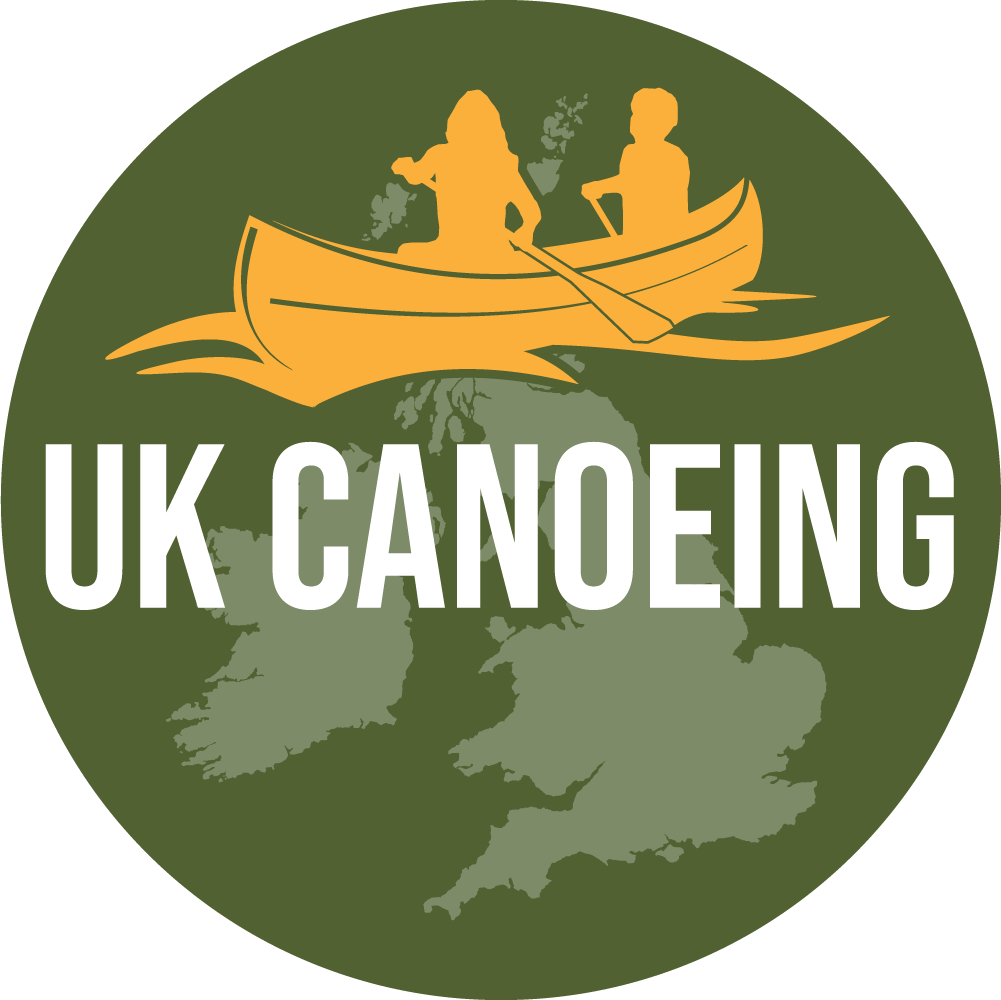Canoe vs Kayak: Which Is The Best for Nervy Paddlers
🛶Hello, fellow paddlers and future paddlers! I wanted to write this blog post because when I started to get an overwhelming desire to paddle, I wanted to learn more about the different types of watercraft.
Check out the About Us page to understand more about our journey with paddling.
"Canoeing is about embracing the gentle rhythm of nature, while kayaking is about harnessing the wild spirit of the water. Choose your vessel, and let the adventure begin." - Johnathan Waterman
Canoeing vs Kayaking
The main difference between a canoe and a kayak is in their design and usage.
Canoes are typically open-top boats with an open hull, offering more space and versatility. They often have higher seating positions, making them suitable for recreational paddling, fishing, and carrying larger loads. They have a fantastic weight capacity. 🛶🐠
Kayaks are sleeker, have a lower seating position and are designed for speed, manoeuvrability, and performance in various water conditions. Kayaks are commonly used for touring, whitewater paddling, and racing.
While both canoes and kayaks are paddle-powered watercraft, their distinct designs and purposes provide different experiences on the water. The choice between a canoe and a kayak depends on your preferences, intended activities, and the type of water you'll be exploring.
Left: Closed Cockpit Kayak
Right: Open Canadian Canoe
Inflatable Kayak
Sit-on-top Kayak
The main difference between a closed cockpit kayak and a sit-on-top kayak lies in their design and functionality.
Closed Cockpit Kayak: A closed cockpit kayak features a covered deck with a cockpit where the paddler sits inside the boat. The paddler's legs and lower body are enclosed within the cockpit, offering protection from the water and wind. This craft provides a more streamlined shape, better performance, and is commonly used for touring, sea kayaking, and whitewater kayaking. This type is for the more experienced kayaker, not a novice. 🌊🛶
Sit-on-Top Kayak: A sit-on-top kayak, as the name suggests, has an open deck where the paddler sits on top of the kayak. There is no enclosed cockpit, allowing for easier entry and exit, as well as a more open feel. Sit-on-top kayaks are popular for recreational use, fishing, and warm-water paddling. They are beginner-friendly, self-draining, and provide great stability.
What is more stable, a Canoe or Kayak?
Generally, canoes tend to be more stable than kayaks. The wider hull design and the open-top of a canoe provides a larger surface area, resulting in greater initial stability. This makes canoes more forgiving and easier to balance, especially for beginners or those who prefer a more stable platform.
On the other hand, kayaks, particularly recreational or touring kayaks, tend to have a narrower hull and a lower center of gravity. While this may sacrifice some initial stability, it offers increased secondary stability. Secondary stability refers to the ability of a kayak to resist tipping and maintain balance when leaning or making manoeuvres. As a result, experienced paddlers may find kayaks more manoeuvrable and stable during advanced techniques or in rougher water conditions.
Are all watercraft the same in their stability?
⚖️Stability can vary among different types and models of canoes and kayaks. Factors such as hull shape, rocker, width, length, and individual skill level all play their part in determining the stability of a particular watercraft.
Things to consider:
Paddling Position: Canoes typically involve sitting or kneeling at a higher position within the craft, while kayaks have a seated position with the legs extended forward, which is lower to the bottom of the craft. So if you are a larger person or get numb legs regularly, canoes could be a better option.
Stability and Maneuverability: Canoes tend to offer better initial stability, but only if you choose a canoe that is built for this. If you choose one that has better secondary stability, then it may not be as stable as you were expecting! Kayaks excel in secondary stability and manoeuvrability.
Capacity and Storage: Canoes generally have more space for gear, making them suitable for longer trips or carrying larger loads. Kayaks, especially touring or sea kayaks, may have sealed compartments for dry storage.
Watercraft paddles
Canoes typically use single-bladed paddles, while kayaks use double-bladed paddles for more efficient and balanced strokes.
Canoes single-bladed paddle
Kayaks double-bladed paddles
The environment you want to paddle will depend on your choice…
Canoes are often associated with calm lakes, slow-moving rivers, and open water, while kayaks are popular for whitewater paddling, sea kayaking, and recreational touring.
I’m a beginner, what should I go for?
I would always recommend a canoe! The choice between a canoe and a kayak ultimately comes down to personal preference, intended use, and individual paddling style. Try both and see which you prefer!
We're Tim & Claire, we love UK canoeing and are obsessed! Come and join us!









